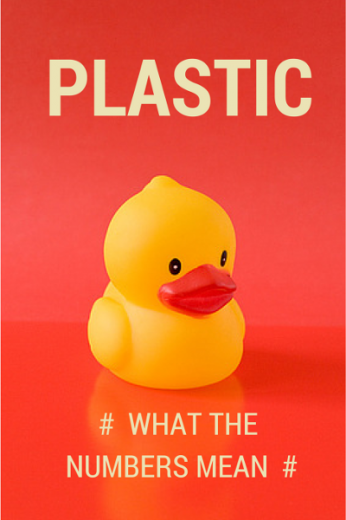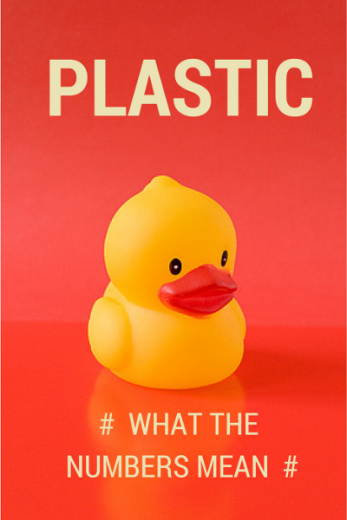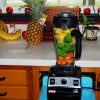 In recent years there has been coverage and discussion on the dangers of plastics and in particular bisphenol A or BPA and PVC (polyvinyl chloride). Recent studies have showed that very low doses of some of these common plastics ingredients may cause genetic abnormalities, birth defects and brain damage.
In recent years there has been coverage and discussion on the dangers of plastics and in particular bisphenol A or BPA and PVC (polyvinyl chloride). Recent studies have showed that very low doses of some of these common plastics ingredients may cause genetic abnormalities, birth defects and brain damage.
These plastics have also exhibited the ability to leach certain chemicals into foods that they come into contact with, especially when exposed to high temperatures.
So how do we find out what kinds of plastics are in the materials we touch or use each day? If you take a look at the bottom of plastic bottles, containers or shopping bags you’ll find numbers that can give you an idea of what you’re dealing with. First you have to know what the numbers mean. Here’s a brief primer.
#1 PETE or PET (polyethylene terephthalate): used for most clear beverage bottles.
#2 HDPE (high density polyethylene): used for “cloudy” milk and water jugs, opaque food bottles.
#3 PVC or V (polyvinyl chloride): used in some cling wraps, inflatable toys, mattress covers, shower curtains.
#4 LDPE (low density polyethylene): used in food storage bags and some “soft” bottles.
#5 PP (polypropylene): used in rigid containers, including some baby bottles and some cups and bowls.
#6 PS (polystyrene): used in foam containers with those “claim-shell” tops, meat and turkey trays, and in its rigid form, clear take-out containers, some plastic cutlery and cups. Polystyrene may leach styrene into food it comes into contact with. Styrene is also considered a possible human carcinogen by the World Health Organization’s International Agency for Research and Cancer.
#7 Other (usually polycarbonate): used in 5-gallon water bottles, some baby bottles, some metal can linings. Polycarbonate can release its primary building block, bisphenol A—a suspected hormone disrupter—into liquids and foods.
Not all plastic products are labeled with a number. If you’re unsure don’t hesitate to call the manufacturer directly. Also look on food product packaging for toll-free telephone numbers where consumers can ask questions.
Points to keep in mind:
1. Foods such as cheese and meat are perfect receptors for potentially harmful chemicals that can leach from plastics.
2. Heating food in plastics can increase leaching.
3. For your safety or peace of mind, it is likely best to reduce the use of ALL plastics in food packaging and other products. It’s also much better for the environment.
When in doubt, just do without!




I have been using metal lunch containers for my children’s lunches. It’s a small step, but I feel like it gets a lot easier once you make the initial commitment to reducing your plastic usage and waste.
I have seen the letters and numbers but I never had any idea.
Thanks for the education!! I had no idea what these numbers were for–it’s so true you learn something new everyday! thanks!
It’s so scary how many harmful things are out there in everyday stuff. It’s important to be aware so you can avoid some of this stuff as much as possible. Thanks for sharing this!
Thanks for the info! I really didn’t know what a lot of it stood for. I’m better informed now
Wow. I’m not sure what is more annoying: the lack of sources on your page or the clutter of advertisements to Amazon.com. Its amazing how much money is to be made on paranoid people with disposable income.